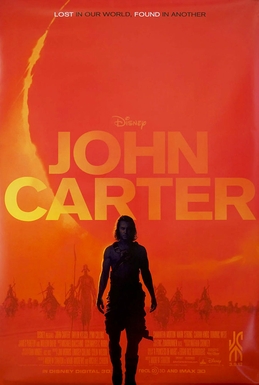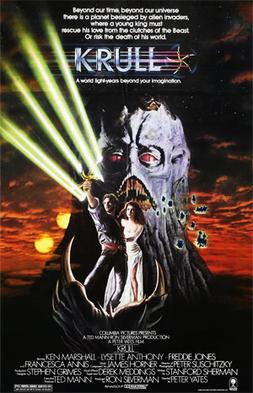Dark City 1998
(Director’s Cut, 2008)
John Murdoch wakes up naked in a hotel bathtub.
As he stumbles into the hotel room, he receives a call from a Dr. Schreber, who
urges him to flee the hotel as he is wanted as a serial killer.
In the room he discovers the corpse of a brutalized,
ritualistically murdered woman, along with a knife. Horrified he leaves and assures
himself, repeatedly, that he isn’t a killer.
The problem is that he can’t remember anything
before waking up in the water. His wife is a complete stranger, he lost his own
name, he can’t even remember last time he saw the sun.
He tries to avoid the police hoping that his
memory will return and prove his innocence. On his journey of self-discovery,
persistent but seemingly normal issues increasingly bothers him. As he edges
closer to unraveling the twisted riddle of his existence, he stumbles across a strange
underworld controlled by a group of beings known as The Strangers. These
shadowy figures have the ability to stop time and alter reality through a
process called “tuning”. He discovers that he has the ability to change reality
himself. It is only the beginning of a terrifying and nightmarish journey. How
do you prove your innocence when you can’t remember what happened? And without
memories, can you even be sure that you are innocent? How can Murdoch be so
sure if he doesn’t know who “me” is, if all he knows is a dead body in his
hotel room? And after a while he realizes that nobody else have any real memory.
This is the core of the movie. Our experiences
shape us, rather than the other way around. Memories are crucial to our sense
of identity. Memories shape our sense of self in understanding who we are and
our place in the world. A clear sense of identity enables us to understand the
world around us (be it our environments, other people, family, and so on).
I saw this Science Fiction Horror movie some
10+ years ago. I was fascinated, but thought it was a Frank Miller cartoon-like
Film Noire mix between Total Recall and Blade Runner.
In this director’s cut version the movie is
digitally restored with a new better color scheme, which has a different cut
that makes the movie more comprehensible. The re-cut has slowed the film down, which
improves it. The movie has also had a major clean up that reveals the plot as
well as the details. And there are extensions to lots of scenes that round off
each character’s involvement in the plot.
Dark City is done in the old Twilight Zone
style with a substantial dash of gothic steam punk, Metropolis, David Lynch,
The Truman Show, Pleasantville and Batman Begins. There are so many interesting
subtle influences in the movie. There are some 30ish influences or references
to other movies, like Logan’s Run and Federico Fellini’s 8½.
Re-watching Dark City in the director’s cut, I
couldn't help but recall countless SF novels I read as a child where the
conclusion comes across as a shocking and brilliant revelation. It was exactly
the same feeling for me when watching this. Philip K. Dick fans will recognize a
virtual world where super-minds can alter it by thoughts. Like UBIK.
The theatrical version had an annoying opening
narration (like Blade Runner had) that has thankfully been removed. The
audience is now dropped right into the middle of events with no knowledge or
insight into either the past or the main character. It creates a terrific sense
of tension and disorientation. It is a delight to see a genre film so unafraid
to have such an attention-demanding storyline and irregular structure.
Dark City explore
the unreliability and subjectivity of memory, the ways in which memory can
often lead to conflict as people remember the same events differently; the ways
in which our memories may be affected by our imagination, and how memories can
interfere with our perception reality.
The movie
explore how our memory is used to record and replay events in our lives and how
these memories can be altered by the very process of remembering. It also explore
how knowledge gained through experience and reflection can change the way
people perceive events in their past.
“Will a man, given the history of a killer,” Dr.
Schreber ponders, “continue in that vein? Or are we, in fact, more than the sum
of our memories?” Is our self, as Dr. Schreber suggests, “a touch of unhappy
childhood, a dash of teenage rebellion, and last but not least, a tragic death
in the family”?
Or is it something deeper underneath it all? Is
there some core constant element that holds us together? And is that what makes
us human?
The movie is also about aliens that changes
peoples’ memories so they can learn enough about earth to take over their souls,
because their own race is dying, yada, yada, yada. And there is a big fight in
the end. You've seen it before.
The ending fight scene makes the movie a bit
weak. It simply feels unnecessary, as if the director all of a sudden
remembered he had a deadline to meet and could no longer continue the plot in
the previous fashion.
Dark City came out at the same time as Matrix,
but Matrix took all the attention. This movie is in some ways better. Think of
it as Metropolis remixed with a twisty, but understandable plot. And don't bother
about some one-dimensional and mannered characters (Kiefer Sutherland especially).
That actually works quite well with the cartoon-like movie. Bears repeated
watching.
Grade: B+
Advisory: Kiefer Sutherlands animated acting
can be annoying. Jennifer Connolly, who plays Murdochs wife the nightclub
singer Anna, is a brilliant singer. Sadly she is dubbed in the theatrical
version, but luckily not in this version.




_movie_poster.jpeg/443px-Immortel_(ad_vitam)_movie_poster.jpeg)
.jpg)
